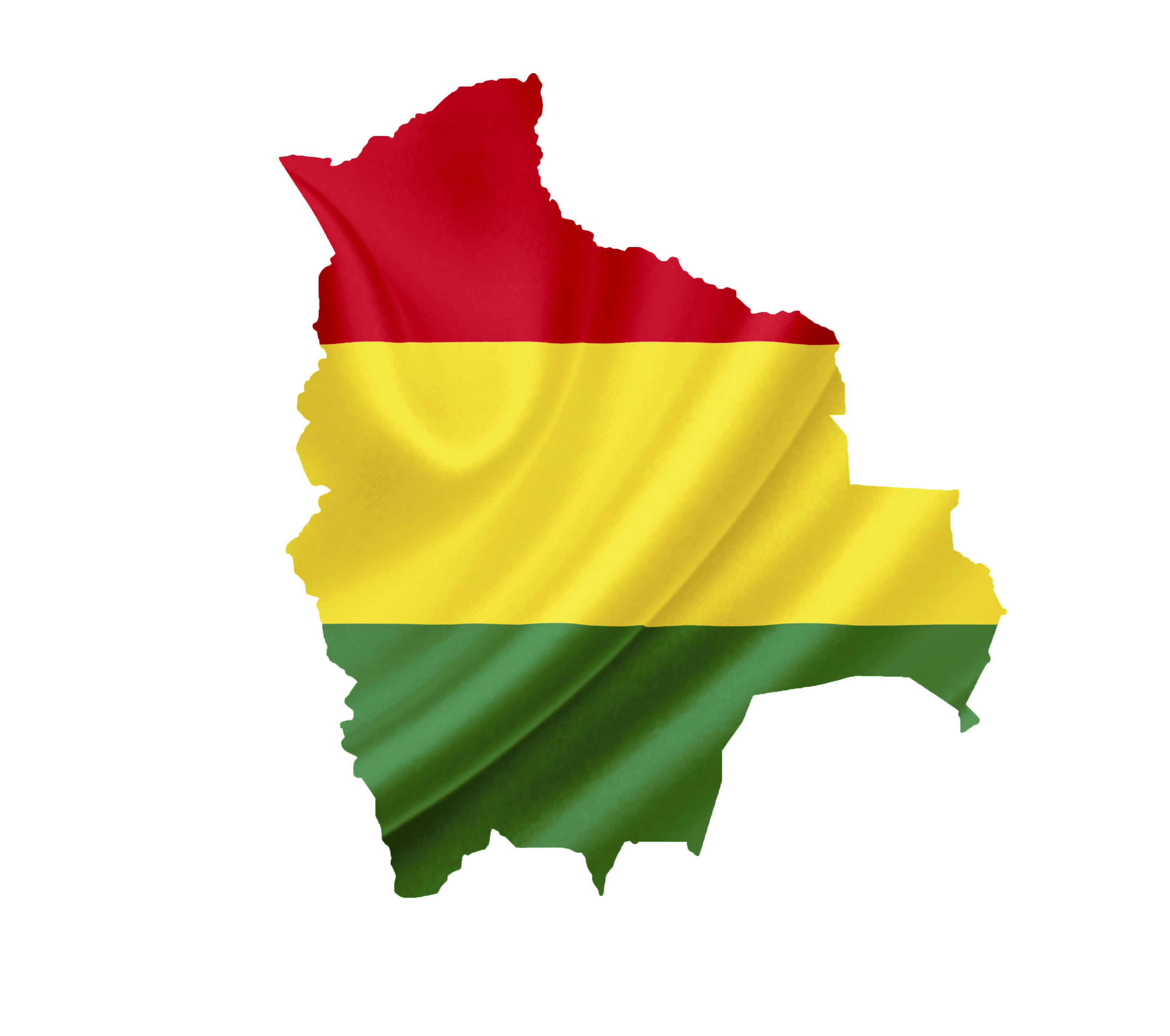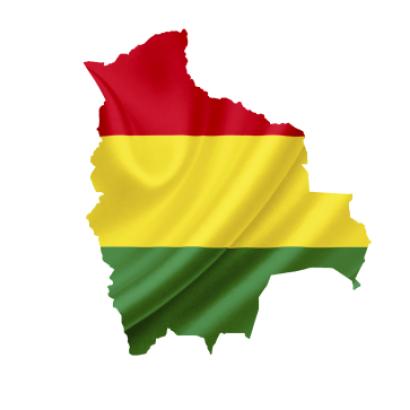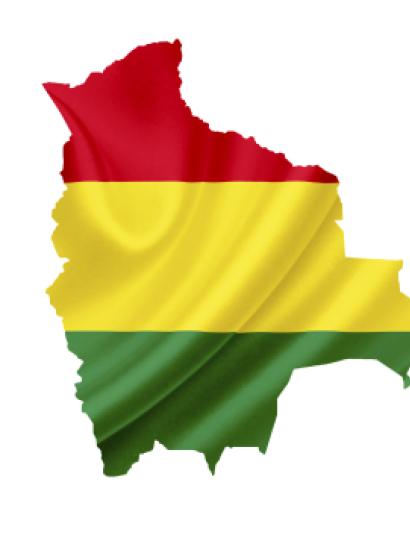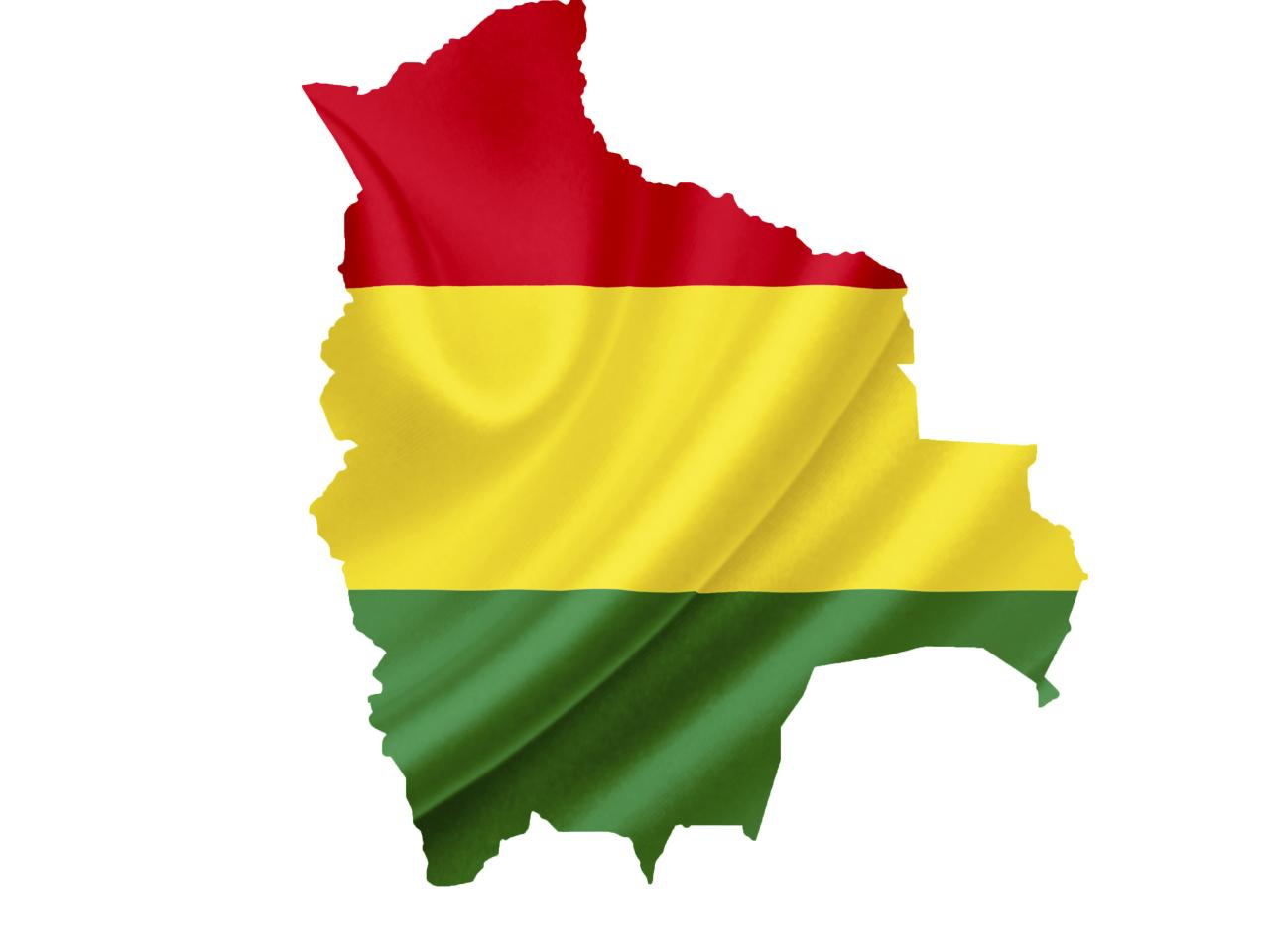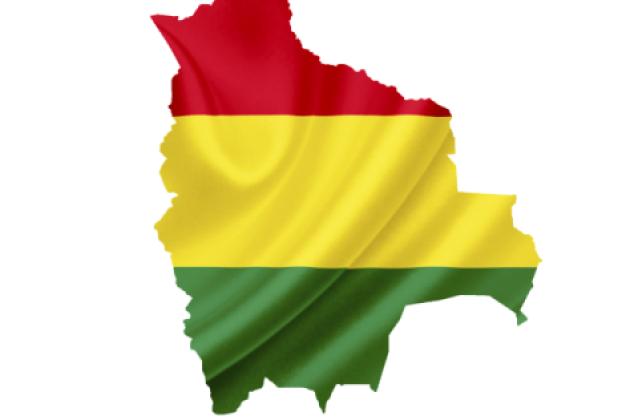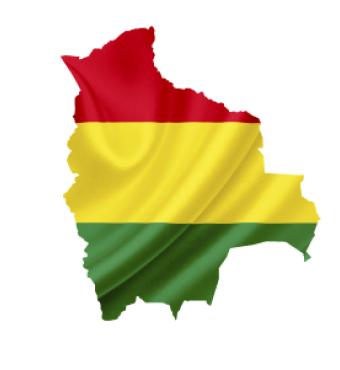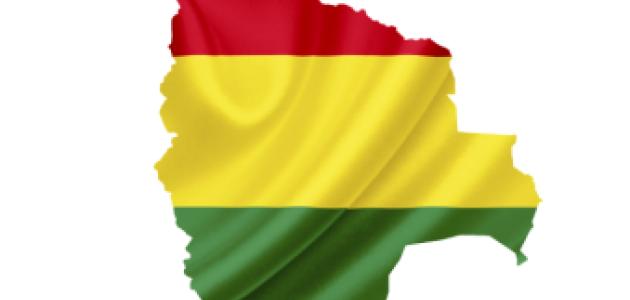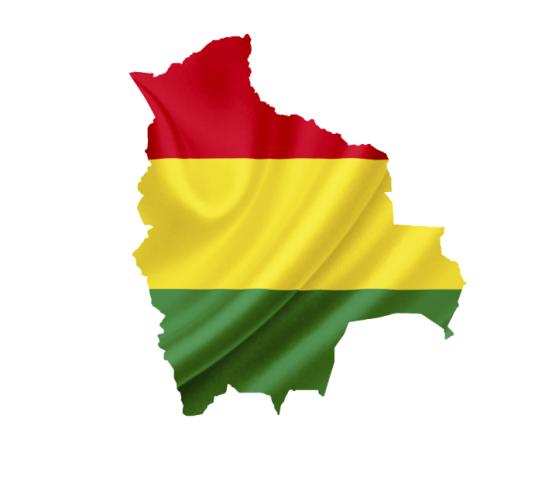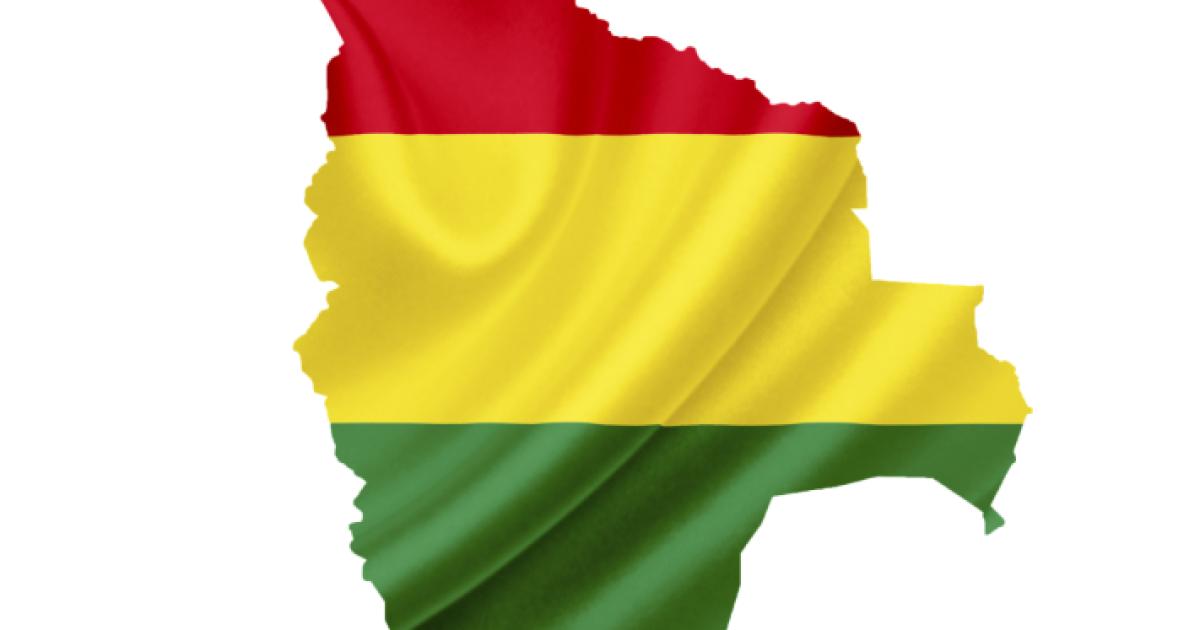- International Affairs
The recent collapse of the traditional political party system as a result of popular protests and mobilizations in Bolivia is a new phenomenon in Latin America. Unlike Ecuador and Venezuela, where corruption of the traditional political class caused the regime collapses, the change in Bolivia is due to demands for new types of representation by Amerindian and regional groups.
This movement dates back to the Bolivian National Revolution of 1952, which granted universal suffrage, political legitimacy, land, and arms to the Indian peasants. For two generations, these peasants were a passive support group to all governments—both civilian and military—as long as the government in power delivered education, social services, and land titles to the communities.
The demands of the current generation of Amerindians go beyond local community concerns to include everything from preferential quotas to the nationalization of natural resources. The members of the dominant group in this movement are the cholos, who are defined as bilingual, educated, and mostly urban Amerindians. Many dress in traditional clothing and demand formal acceptance of a multiethnic state.
After the creation of more than three hundred new municipal governments in 1995, and the recognition of citizen groups and Indian pueblos as autonomous political parties in 2002, both new local leaders and reformed older politicians have emerged to replace the three parties that dominated national politics for more than twenty years. The recent protests over foreign companies' control over water systems in Cochabamba and El Alto and the debate over control of the nation's gas reserves have led to blockades of major cities and increasing demands for a decentralized state. The traditional elite has tried to negotiate these often incoherent, racist, and threatening demands with promises of constitutional reform and greater participation.
Currently, Evo Morales and his socialist party, MAS, have emerged as the most important new force. He first appeared as leader of coca farmers in the Chapare region against the U.S.-sponsored coca eradication campaigns. Although he has incorporated several highland Amerindian movements into his party, he needs the support of the Spanish middle class to go beyond the 20 percent of votes he gained in the last presidential election. Along with the popular mobilizations in the highlands, strong regionalism is also emerging in Santa Cruz under the leadership of large commercial agricultural landowners who are demanding popularly elected state legislatures and governors and greater control over their gas fields.
As Bolivia prepares for a new constitutional assembly in the upcoming months, there will be calls for abolishing the traditional centralist state and, for corporate representation of communities and popular groups in the legislature alongside traditional elected representatives. Whether civil society will move in this direction depends on the willingness of both sides to negotiate. Although there is no guarantee that such negotiations will occur, the alternative would involve violence and repression on a scale unseen in Bolivia since the early 1980s.







